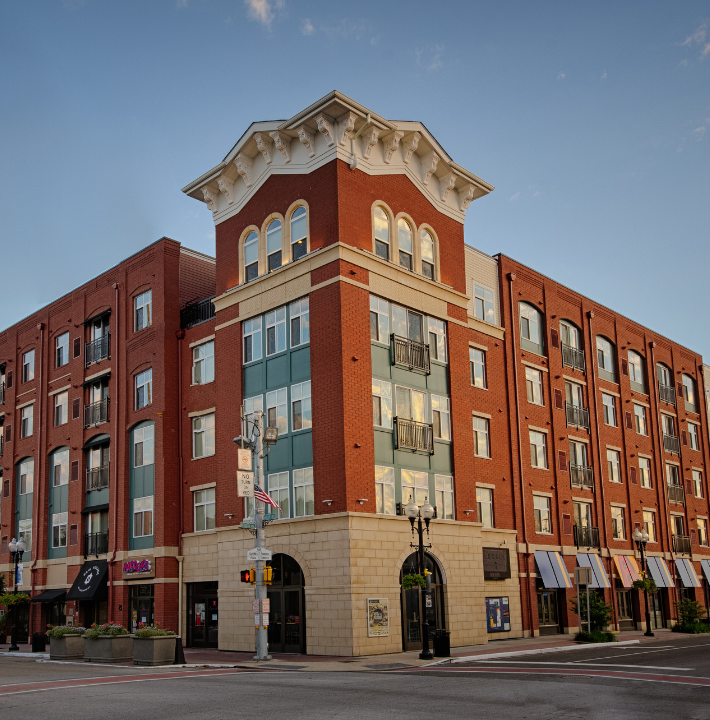Long Island has been troubled by a tight rental market since the 1940s, when its farms began to get plowed under for subdivisions, said Robert W. Burchell, the chairman of the urban planning department at Rutgers University. Dr. Burchell knew that scenario firsthand. From 1947 to 1959, when he was a child, his family rented a series of homes in Nassau County. “We had to move anytime the landlord found somebody willing to pay more,” he said.
But Long Island for the most part has prospered all the same, with low crime rates, good schools and high property values, all the hallmarks of a desirable area, he said.
“What will you do? Make Long Island look like the South Bronx? No,” he said, referring to the idea of constructing denser blocks with apartment towers. “Housing markets can be different.”
Across the island, as advocacy groups form to deal with the rental issue, some developers have already warmed to the idea that more apartments are needed.
In the village of Mineola, a five-story, 275-unit rental called the Winston is rising on Old Country Road near a busy Long Island Rail Road stop. Mill Creek Residential, the developer, was allowed to make the building taller than what historically had been permitted in the neighborhood after it promised to improve sidewalks, plant trees and install lampposts.
Monthly rents for studios there will start at $1,900, said Jamie Stover, a Mill Creek vice president.
Mill Creek also recently completed two other nearby rentals, Metro 303 in the village of Hempstead, and West 130 in West Hempstead. Both were 90 percent leased in about 10 months, Mr. Stover said.
Most of the renters at these buildings work or attend school on Long Island, suggesting that apartments aren’t just needed for people commuting to Manhattan.
“I think the suburbs need to reinvent themselves and provide housing options for a broader range of the population,” Mr. Stover said.
The village of Patchogue, in Suffolk County, meanwhile, has added or is constructing more than 600 apartments, about half of them rentals, in its downtown in the last decade, despite criticism that parking lots would be lost and that the units would attract undesirable welfare recipients, officials said.
Currently under construction is the residential portion of the New Village project, which will create 291 apartments on the site of a former department store and bowling alley on West Main Street. Though it won’t open until next spring, 250 renters have already signed up online expressing interest, said Robert Loscalzo, the chief operating officer of the Tritec Development Group, its developer.
Two-bedrooms, at about 1,150 square feet, will average $2,450 a month, though 23 percent of the units will be more affordable by renting for less.
Mr. Loscalzo praised Patchogue Mayor Paul V. Pontieri Jr., a former high school principal elected in 2004 who rezoned part of the commercial district, allowing buildings to climb to eight stories instead of three.
And new residents seemed to have begot new restaurants, as there are about 12 in the village, up from 3 a few years ago.
“If we don’t make our downtowns user-friendly, I think we will find more and more kids doing what my kids did, which is leave,” Mr. Pontieri said. His youngest daughter, Ali, 27, who lives at home and works for a nearby Y.M.C.A., is now mulling a New Village apartment, he said.
Read the full article in The New York Times.

